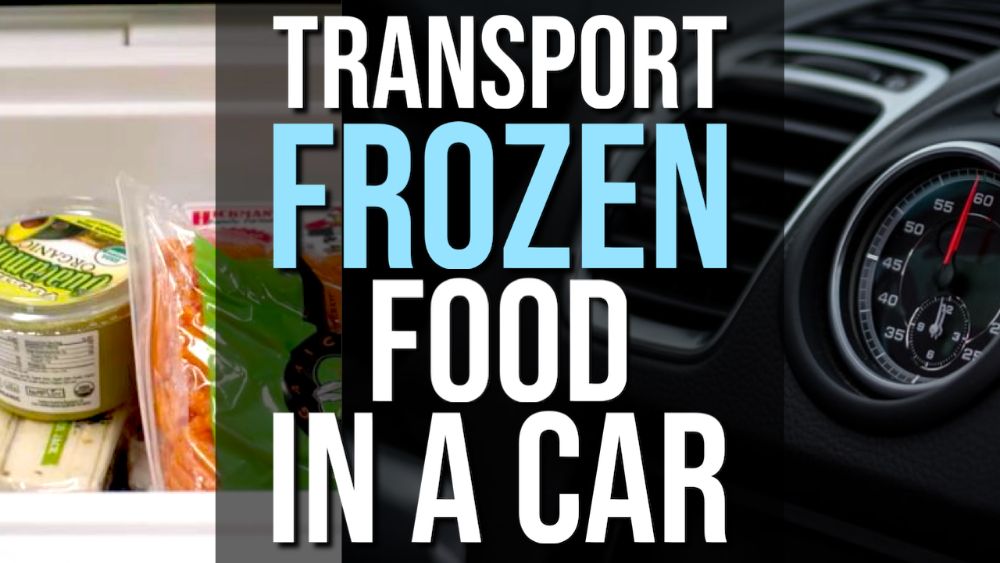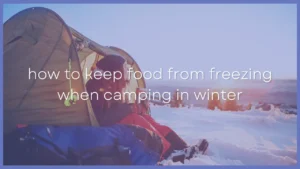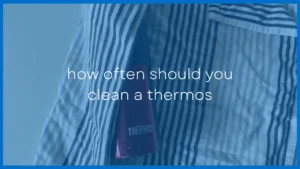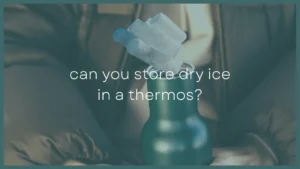Whether you're bringing home frozen food from the supermarket or if you're doing a cross-country road trip you may want to keep food frozen in your cooler so it doesn't spoil.
But cars can get really hot and unless you store your frozen food correctly it's going to thaw quickly in the car and potentially spoil. So how do you keep food frozen in the care for extended periods of time?
To transport frozen food in a car use a high-quality cooler or cooler bag pre-filled with ice packs or loose ice. Keep your car cool with air conditioning and keep it out of the sun. Dry ice can be used to transport frozen food but you must leave the windows open when driving.
Allowing frozen food to thaw before freezing it again can allow bacteria to grow on the food, and it could be warped.
There’s nothing worse than pulling a pizza out of the freezer for pizza night only to realize that the pepperonis and cheese all shifted to one side as it thawed out on your way home from the grocery store.
Use a Cooler
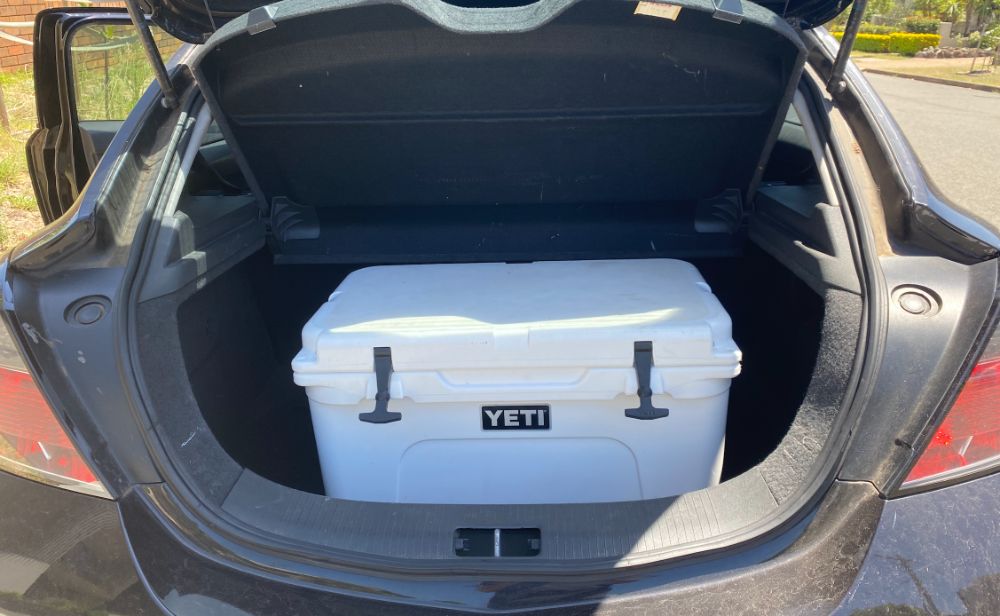
Drink coolers are used to keep beverages cold when you’re apart from your beloved fridge, and they can help you keep frozen food frozen as well.
Coolers work to keep things cold because they are insulated. Layers of foam or plastic keep room temperature air from coming near your frozen goods.
When the lid is closed on a cooler, the cold air emitted by frozen foods or ice stays inside. Not only do coolers keep warm air out, they keep cold air in.
Before you throw your cooler in the back of your car and head to the grocery store, here are a few things you can toss in it to help keep things cold.
Frozen ice packs are the go to for placing in a lunch box to keep lunches cold. Place a few in your cooler before you hit the grocery store, and shut the lid on the cooler.
This will create a cool environment for your frozen food to hang out in.
The more ice or ice packs you have packed in your cooler the longer everything (including your food) is going to stay frozen.
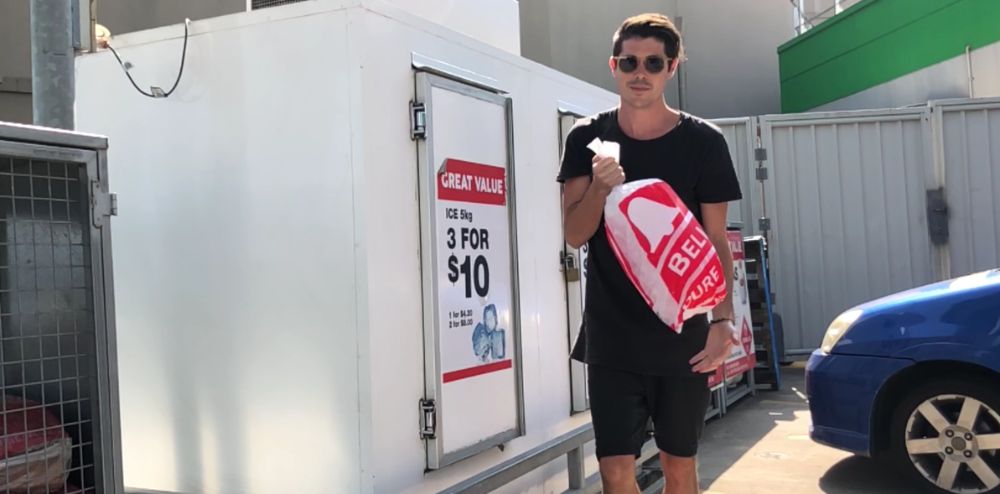
If you don’t have any ice packs, you can use traditional loose ice. Beware that as ice melts, water is created.
Melted ice’s water can damage the cardboard box that a lot of frozen foods come in. To keep moisture out, make sure your frozen foods are packaged in plastic bags.
If you’re environmentally conscious, most reusable grocery bags made of recycled plastic are just fine for serving as a barrier between the melted ice and your frozen food.
The Better The Cooler The Longer Your Food Will Stay Frozen In Your Car
Not all coolers are created equal and some coolers are a lot better at holding ice than other coolers.
Check out my list of the best coolers for ice retention and you'll see some coolers like the Kong cooler can keep ice for 10+ days.
See the latest prices of Kong Coolers
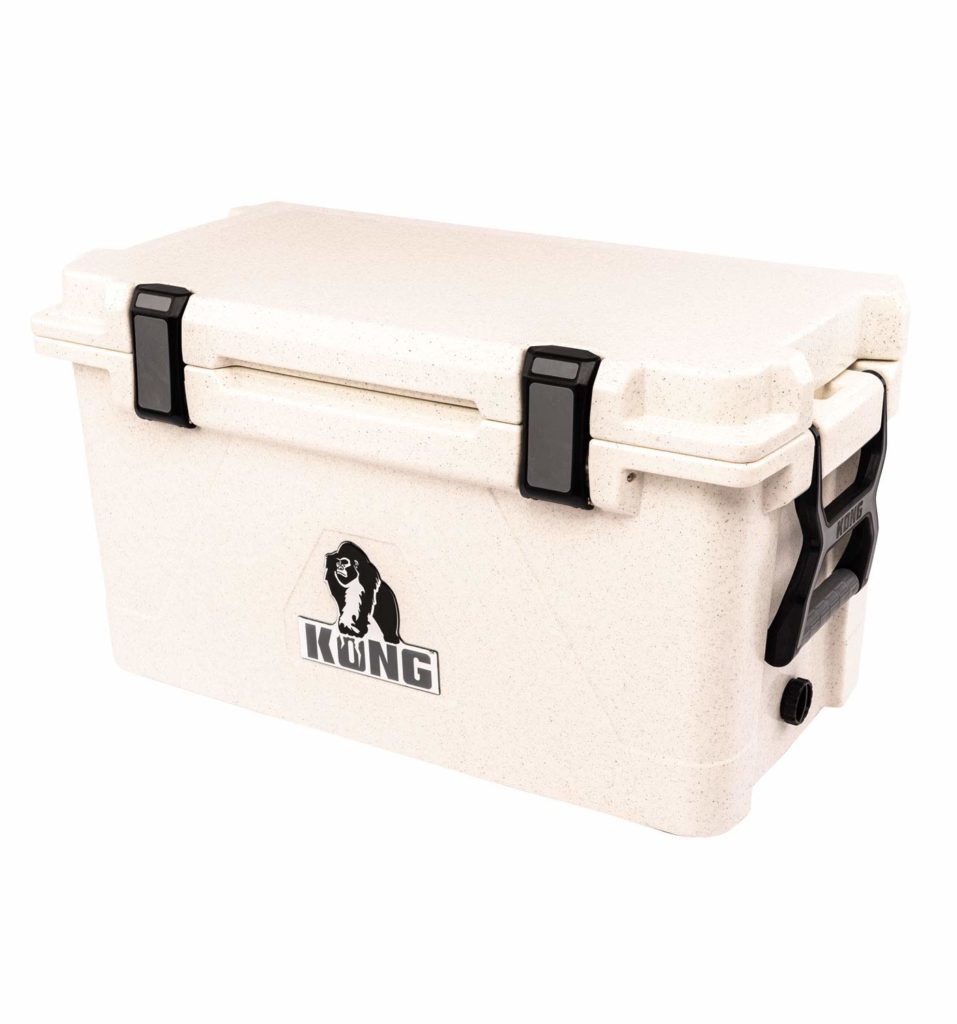
A regular cheap cooler might only keep your food frozen for a few hours a high-quality cooler can keep food frozen for days at a time, especially if pre-chilled and packed correctly.
How to pre-chill a cooler so it keeps ice longer
How to properly pack a cooler for a long trip
Use Cooler Bags

When you don’t have a full size cooler available, or a cooler won’t fit in your car, you can use a cooler bag.
Cooler bags or cooler totes function in the same way regular coolers do: they keep warm air out and cold air in. Cooler totes come in many shapes, sizes, and colors.
Many grocery stores sell cheaper cooler totes. These aren't as good as the best high-quality soft sided cooler bags but they will keep your food frozen longer than regular bags.
You can find them near the registers, in the frozen food section, or in the outdoor aisle if there is one.
Cooler totes don’t have to just be used when you’re taking your food home, you can also use them in the grocery store. Some people really enjoy perusing the shelves of a store and taking their time selecting their groceries.
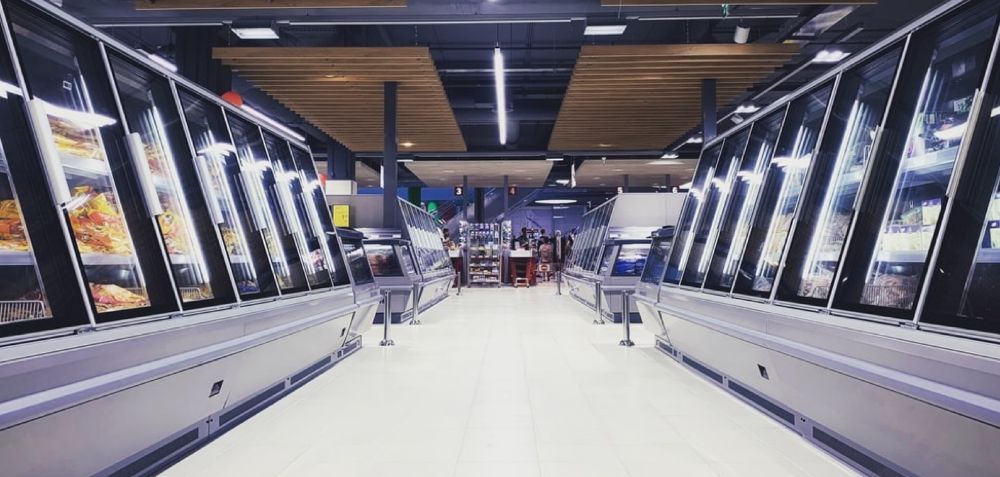
If this sounds like you, a cooler bag can help keep your frozen foods cold as you browse the rest of the store.
Sometimes, it’s not your fault you’re taking so long in the grocery store. The days before a national holiday make grocery stores Ground Zero.
When you know the grocery store is going to be packed, and you may have to wait in the checkout line for a while, take a cooler bag with you. This will keep your frozen foods cool until they get back to the sweet solace of a freezer.
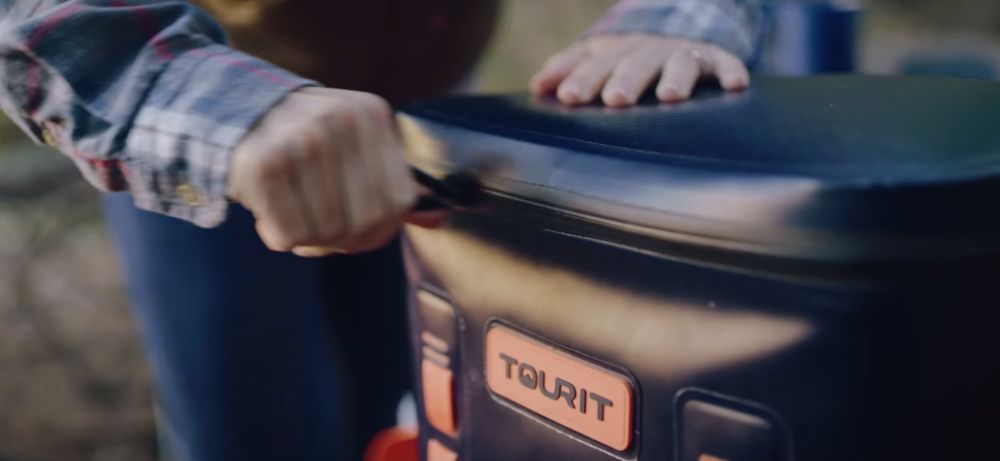
Like traditional coolers, cooler bags work best when they are sealed.
When investing in a cooler bag, make sure it has a proper seal. Zippers seem like the obvious option, but the zippered portion of the bag should have insulation on the underside of the zipper.
If no insulation is present near the zipper, even when the bag is zipped up, cold air can escape the bag. Uninsulated zippers are better than no closure at all, however.
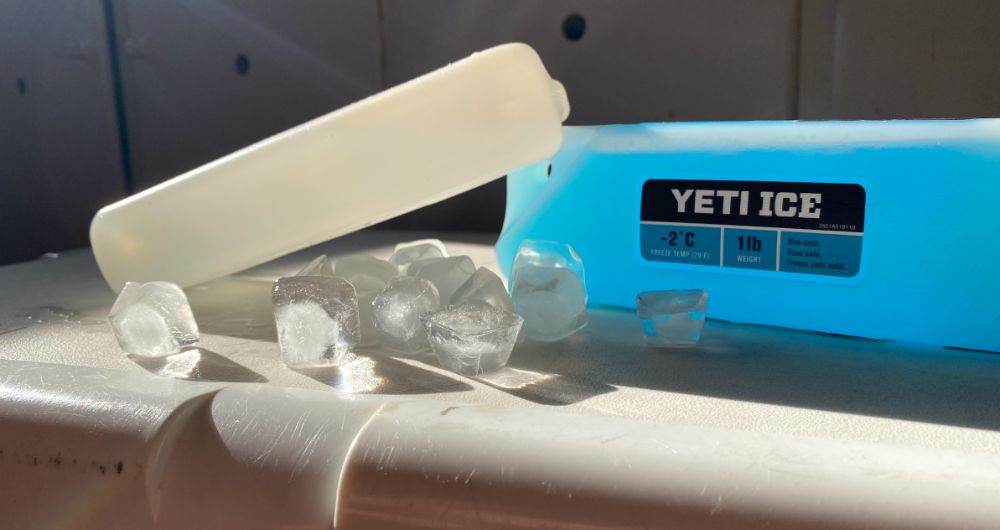
Are you serious about keeping your cold items cold? Then throw a few ice packs in the cooler bag before leaving the house.
Seal your cooler, and only open it when adding or removing items. There’s no need to take a peek at your frozen enchilada dinner while you’re waiting to check out.
As soon as you get home from the grocery store, put away your frozen items. It may be faster to unload all of your items, and then begin unpacking them, but you should take frozen food into the house and get it into a freezer as soon as possible.
Your dried goods aren’t in danger of spoiling from waiting in the car. This step only takes an extra minute or two, but it helps to keep the food frozen.
Cool Down Your Car
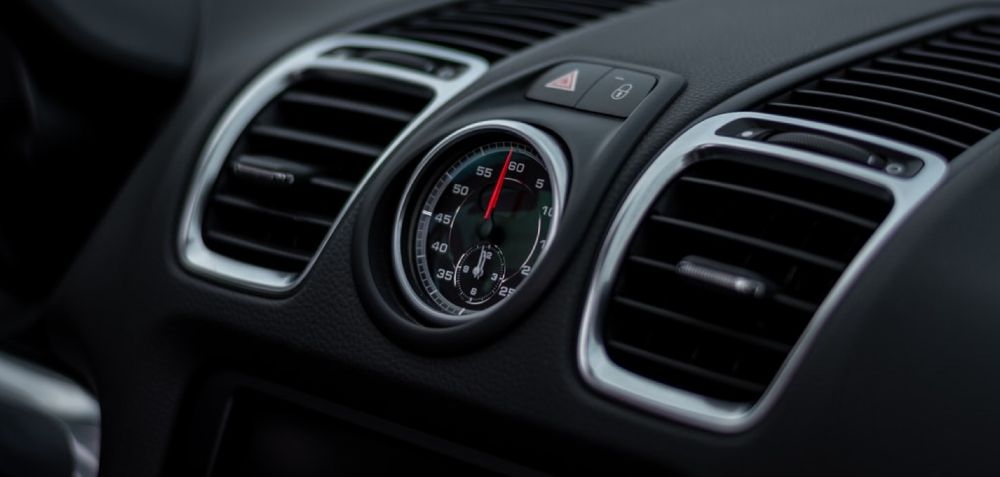
To keep food frozen as you transport it, keep the temperature in your car cool. The hotter the car the faster your food will melt, even if you have a cooler or cooler bag.
Considering this, you want to make sure there is as little warm air as possible in your car.
If you’re trying to keep food frozen without a cooler, then you definitely need to follow this advice.
On warm days, you can use reflective window shades to reflect sunlight and heat and keep your car cooler. When parking your car also try to park it in the shade and out of direct sunlight.
When you’re finally finished with purchasing your grocery items, and it’s time to unload your cart and put your groceries in the car, take a minute to start your car and turn on the air conditioning. Cool air will begin circulating throughout the car, cooling it down for you and your frozen goods.
On chilly days, keep your heater on the lowest setting when possible. You have to bundle up for the journey but if you keep your coat on you should be fine and your food will stay frozen longer.
It feels nice to be all toasty as you drive home, but you could be unknowingly thawing out your frozen goods in the process.
You Can Use Dry Ice, But Be Careful
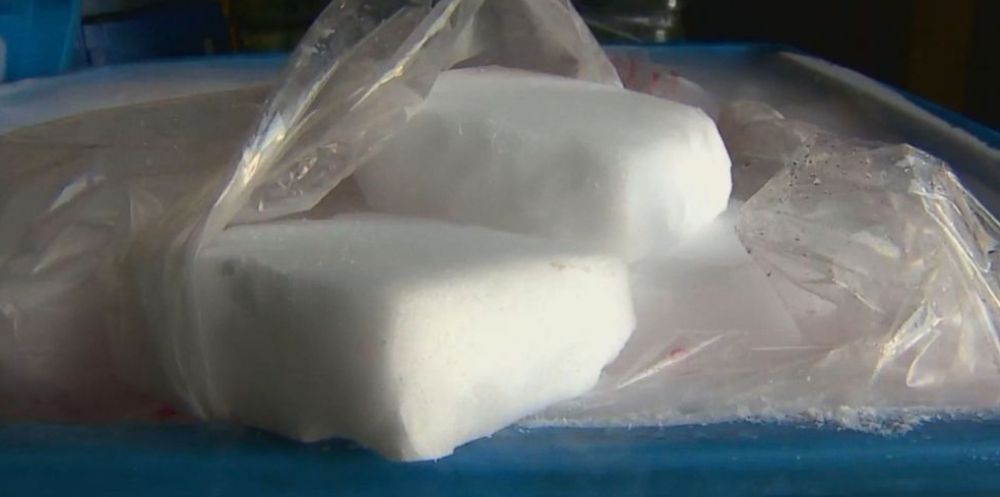
While dry ice is arguably the best way to keep food completely frozen for extended periods of time without electricity you do have to be careful when using dry ice in your car.
Dry ice turns into carbon dioxide gas as it warms up and this gas can fill up your car and cause you to asphyxiate if you aren't careful. This is one of the ways dry ice can kill you.
However in saying this, death by dry ice is extremely rare and by opening your windows and allowing fresh air to circulate as you drive you should be completely fine.
Just make sure you don't drive with the windows up when dry ice is in your car.

